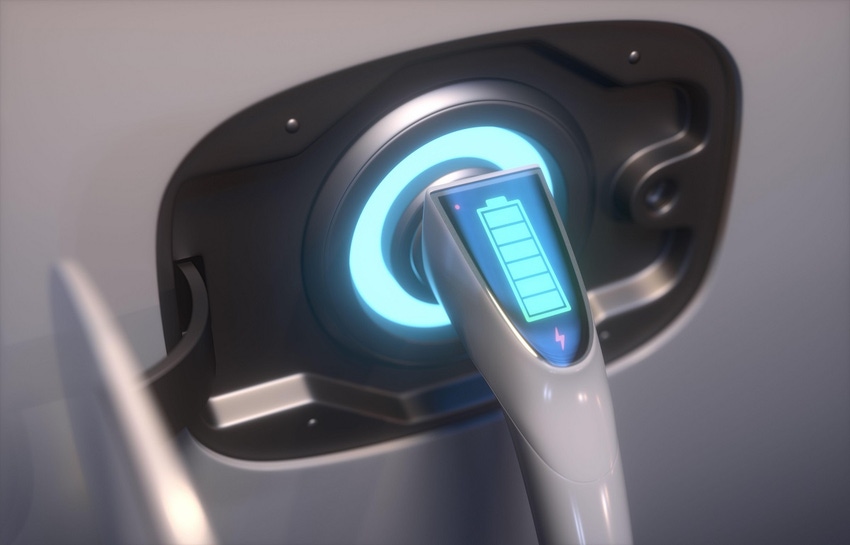They may be environmentally friendly, but the surging popularity of electric cars and plug-in hybrids puts the nation's electrical grid at greater risk for malfeasance.

Is the US electrical grid — a 70-year-old behemoth — equipped to handle the load of nearly 607,000 new electric vehicles (EVs) on the roads? As a security guy working in critical national infrastructure (CNI), I wonder. I know the threats facing the US power grid and see it struggling against an already strained capacity. So let's "strength test" this load, see if the grid can handle all those EVs, and discuss what can be done if not. As the one CNI sector that singlehandedly underpins nearly all the others, it matters.
According to BloombergNEF, there will be nearly 1 million new EVs per month — or one about every three seconds. In the UK, 17% plan to buy an electric vehicle in the next year and nearly 70% would do so if money were no object. It's no surprise, therefore, that BloombergNEF predicts more than 26 million EVs on the road by the end of 2026. An insurance consultancy estimates there will be roughly 4 million in California alone by 2030, and a report by BloombergNEF predicts that by 2040, nearly 60% of global passenger vehicle sales will be electric. From a purely emissions-based standpoint, it's almost too good to be true. But what are the consequences?
Too Big for the Grid
The grid also faces the challenge of supporting a fast-growing fleet of EVs and plug-in hybrids (PHEVs) that may overextend its current capacity.
The current grid is something of a marvel, made up of 9,200 generating units, 600,000 miles of transmission lines, and more than 1 million megawatts of generating capacity. However, it was built when the current electrical needs of a household were a few lightbulbs and a toaster back in the '60s. Now, think about an average Thursday night — your kids are home, there are TVs going in every room, you're running a load of wash, nobody remembered to turn the lights off in the bathroom (of course), someone's gaming, someone's streaming, someone's microwaving something, your toddler is talking to Alexa, and you're charging your Tesla. Now add 26 million more Teslas and you see the problem.
Plus, the current grid is built to give, not receive, energy. This becomes an issue with new sustainable sources of energy putting energy back into the system — like wind turbines, solar panels, and (yes) electric vehicles. We're forcing the current grid far beyond its intended use; to do any more, some suggest switching to a smart grid, which unlike the current infrastructure can give and receive power, and its capacity will be much larger than what we have now. Large loads — like EV charging stations, heating and cooling systems, and football stadiums — can crash the grid, bringing the kind of instability we're trying to avoid and generally being bad for business.
Adopting a transactive method like the above can help offset the overall impact of electric vehicles on the power grid and keep things running smoothly. If done right, it will be more energy-efficient, able to load balance, and more stable. If we're to face a future where nearly 60% of all cars will require a charging station, a new grid, or focused improvements to the one we have, it's not only nice but needed.
Securing the Grid Against EVs
Besides overload, the biggest challenge EVs bring to the grid is security. They're huge Internet of Things devices with wheels, and the liability couldn't be higher. As of now, the IoT still represents a not-so-distant past where technology would fly off the line with minimal (if any) security controls. Yes, there are laws now, but with cloud connectivity, remote access, and various app integrations that may or may not have the same standards of security, risks are still around. As it stands, Bluetooth hacks can unlock car doors and charging stations are being held for ransom.
And according to Yury Dvorkin, an electrical and computer engineering expert at New York University, charging stations can be entry points for cyberattacks directed at the American energy grid. All it takes is one weak point in the giant, interconnected network of an electric vehicle and soon a hacker can have access to the US energy supply.
As Lear Corp.'s Andre Weimerskirch has pointed out, "An electric vehicle has far more hardware chips and software components than an internal combustion engine. More complexity means we need to be more careful around security in general."
My suggestion to energy providers would be to not wait — shore up your cybersecurity posture against a time when less-than-secure EVs hit the market. I imagine it will be like a second IoT wave (quite literally): hastily added devices released with only secondary thought to security and the onus falling primarily on the user. If you're going to allow EVs — and all the connectivity, technology, and vulnerabilities they bring — anywhere near your power utility, learn the risks and build your cybersecurity strategy around government standards for the energy industry.
About the Author(s)
You May Also Like
The fuel in the new AI race: Data
April 23, 2024Securing Code in the Age of AI
April 24, 2024Beyond Spam Filters and Firewalls: Preventing Business Email Compromises in the Modern Enterprise
April 30, 2024Key Findings from the State of AppSec Report 2024
May 7, 2024Is AI Identifying Threats to Your Network?
May 14, 2024
Black Hat USA - August 3-8 - Learn More
August 3, 2024Cybersecurity's Hottest New Technologies: What You Need To Know
March 21, 2024


